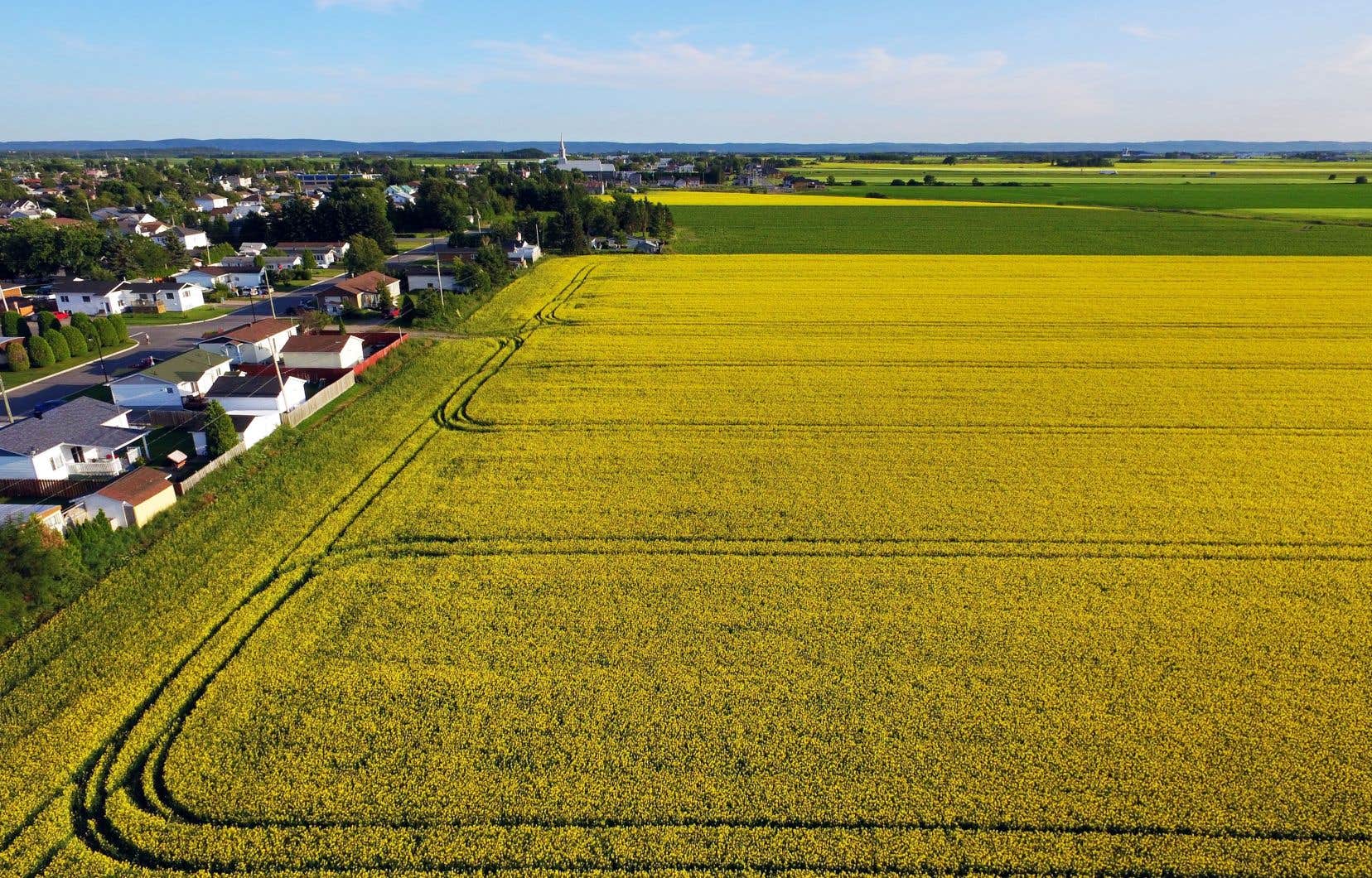There has been a lot of talk about food self-sufficiency in recent years. The restrictions imposed by the pandemic, a new phenomenon for most of us, have given rise to all sorts of fears and speculation about our food supply.
Will we run out of food if our borders are closed? It was a very likely hypothesis. Can our local agriculture feed us? Terms like “short circuits”, “local agriculture”, “food self-sufficiency” and “terroirs” have become familiar to our ears.
As a vast operation of studies and consultations begins aimed at updating the concept and the law on the protection of our agricultural territory, the question relating to the state of our pantry arises. The normality that quickly set in after the lifting of restrictions relegated this question to a bit of a secondary role. We have to get back to it.
What we know is that our agricultural territory is small. In cultivable hectares per capita (0.28), it is smaller than all those of comparable North American states. Overall, it is even 15 times smaller than the agricultural territory in operation in France, and so much less diversified.
Relatively reliable data tells us that more than 40% of this small territory designated as protected is not exploited. It is left fallow, while a new vocation is sought after the departure of dairy production to the central regions.
However, if we look at the more central regions, towards the rich lands of the St. Lawrence valley, we see that 70% of them are devoted to the production of grain corn and soybeans, two productions intended to feed pigs which are largely exported.
Is this what we call the Quebecers’ pantry? If so, several shelves are empty!
The lack of diversity in our agriculture is striking. Notwithstanding the climatic limits imposed by our northern nature, our agriculture could contribute much more to our food. Bread wheat, the kind we consume every day in the form of bread, pastries or pastries, we buy more than 90% from outside. However, less than a century ago they were produced everywhere.
Legumes, beans, peas, lentils, a whole range of products that are increasingly being offered as substitutes for animal proteins. Quebec has not yet taken this turn. Hemp, a plant with many food and industrial uses, offers interesting potential and is also well adapted to our climate and soils. All of this (and many other options) has received very little interest from our political authorities. There are a few avant-garde farmers who opt for these so-called new productions, but they receive little support in their approach, either technically or financially.
As work begins to lead to a new version of the Law on the protection of land and agricultural activities adopted 45 years ago, the Jean-Garon Institute is counting heavily on the three preliminary studies to focus respectively on the state of our agricultural territory, on the occupation of this territory and on the ownership thereof, so that our elected officials are obliged to review our agricultural policies with the objective of promoting all of our agricultural territory through a diversity of production.
The current portrait of our agriculture is not the result of chance or market signals, it is largely the result of government policies put in place in the 1970s and 1980s and which have never really been revised since. The enormous sums devoted to supporting pork and grain corn over this long period are the best example of policies which favored a few productions to the detriment of diversity and regions and which have never been revisited, and the impact of which has not been assessed either.
Already, 15 years ago, the Pronovost report on the future of Quebec agriculture proposed a diversification of our agricultural model and a redevelopment of our territory. Will the current exercise finally be the beginning?
